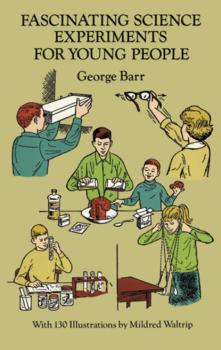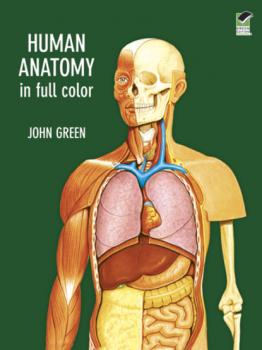Dover Children's Science Books
Скачать книги из серии Dover Children's Science BooksFascinating Science Experiments for Young People
This simply written introduction to scientific research and experimentation takes youngsters into an exciting world where they'll not only learn to discover their own answers to specific problems but will be encouraged to develop sound scientific attitudes and techniques as well.For this volume, noted science educator George Barr has compiled a carefully selected array of intriguing experiments dealing with chemistry, astronomy, magnetism and electricity, weather, water, the human body, living things, sound and light, and measurement. By performing these experiments, young researchers will discover the answers to such questions as «Why Can't We See Stars in the Daytime?» «How Can a Spider Web be Collected?» «Can Water Containing Ice Get Warm?» «How Can We See Sound Vibrations?» «What Helps Your Memory?» and many others.As the author early points out, the work is «not a reading book, but rather a doing book» with a chapter containing suggestions for further experiments. Valuable advice about scientific procedures emphasize the importance of taking readable, organized notes; gathering as much evidence as possible; learning to use «control» groups; and much more. In addition, over 100 illustrations enhance the text, which also contains a selected bibliography of relevant reading material.
Human Anatomy in Full Color
The human body is an infinitely complex marvel of fine design, superbly adapted to its functions. A host of specialized organs, bones, muscles, nerve fibers, blood vessels, and other anatomical features work together in harmony to maintain the network of interrelated body systems necessary to maintain life. Now the component parts of this intricate flesh-and-blood machine are clearly revealed in this treasury of detailed anatomical illustrations.Noted illustrator John Green has rendered 25 exceptionally clear and precise full-color plates of the body's organs and systems: the skeleton, muscles, and skin, as well as the respiratory, digestive, circulatory, reproductive, and other systems. Illustrations also focus on such important organs as the eye, ear, and brain. Each carefully labeled plate has been reviewed for accuracy and is accompanied by an extensive caption written by Dr. John W. Harcup, clearly explaining the nature and purpose of the body part or system represented.Its precision and clarity make this book an ideal supplement to school courses in biology, health, and other subjects, but it will also appeal to general readers, who will enjoy its wealth of superb illustrations illuminating the incredibly complex and highly specialized workings of the human body.

